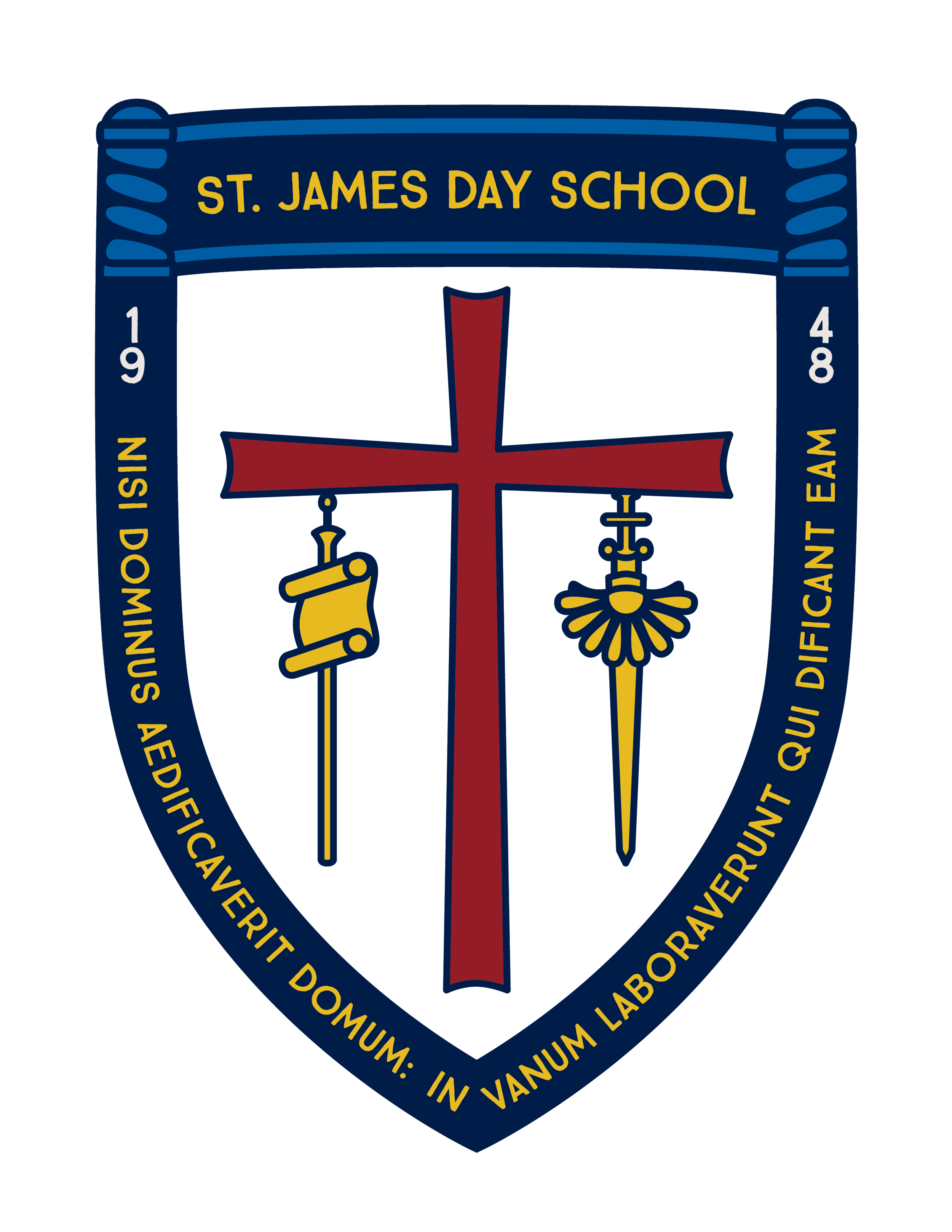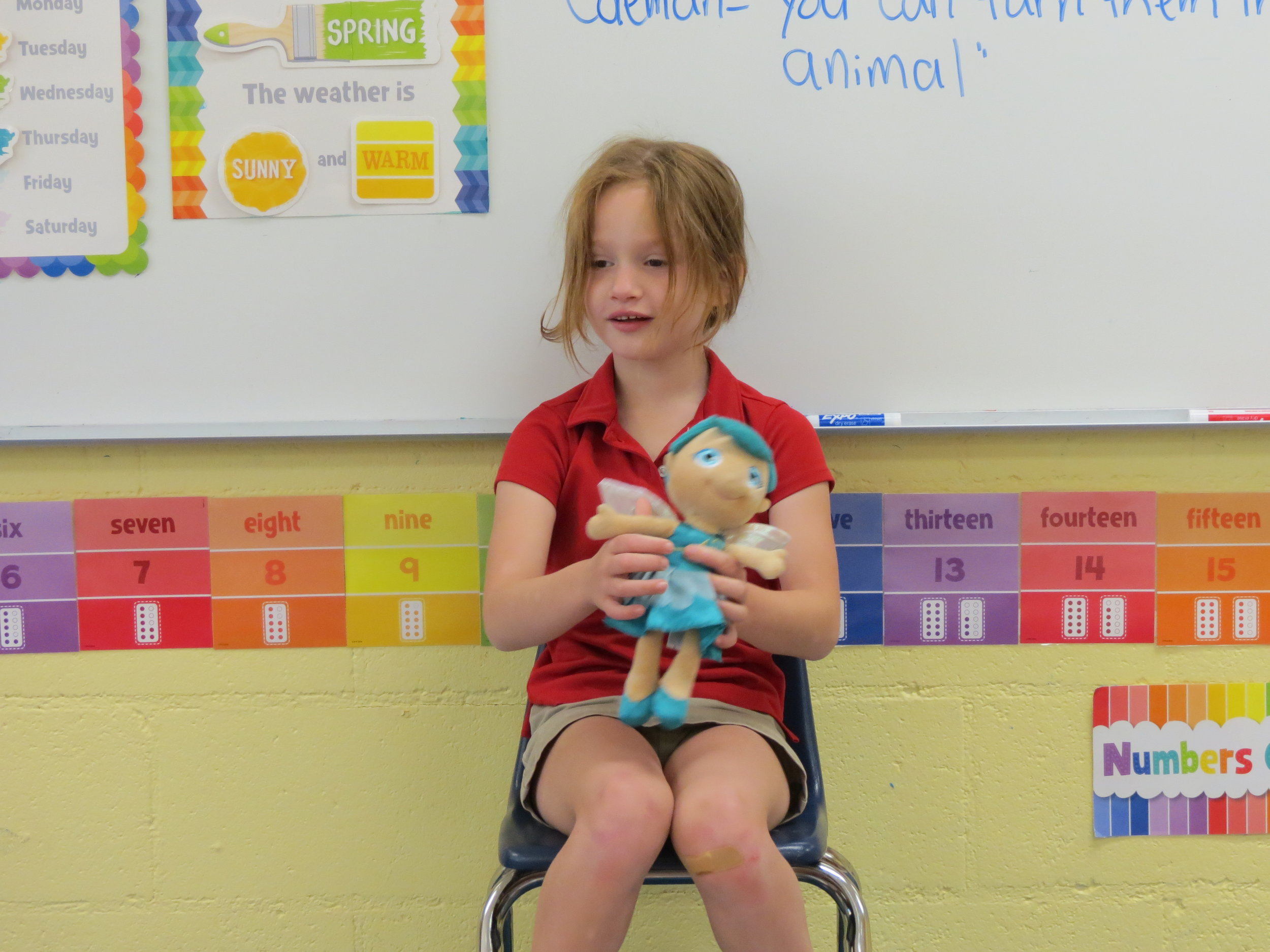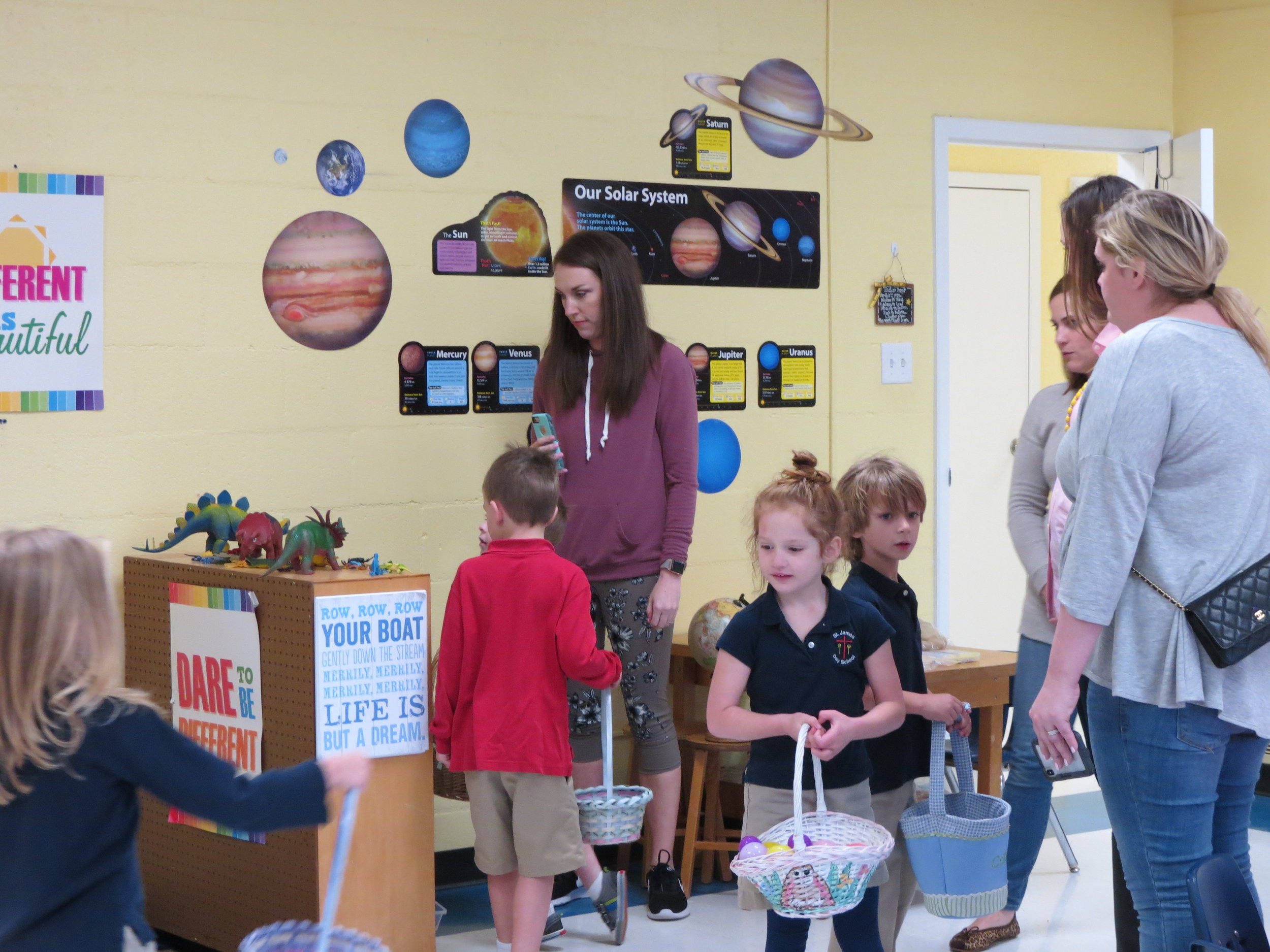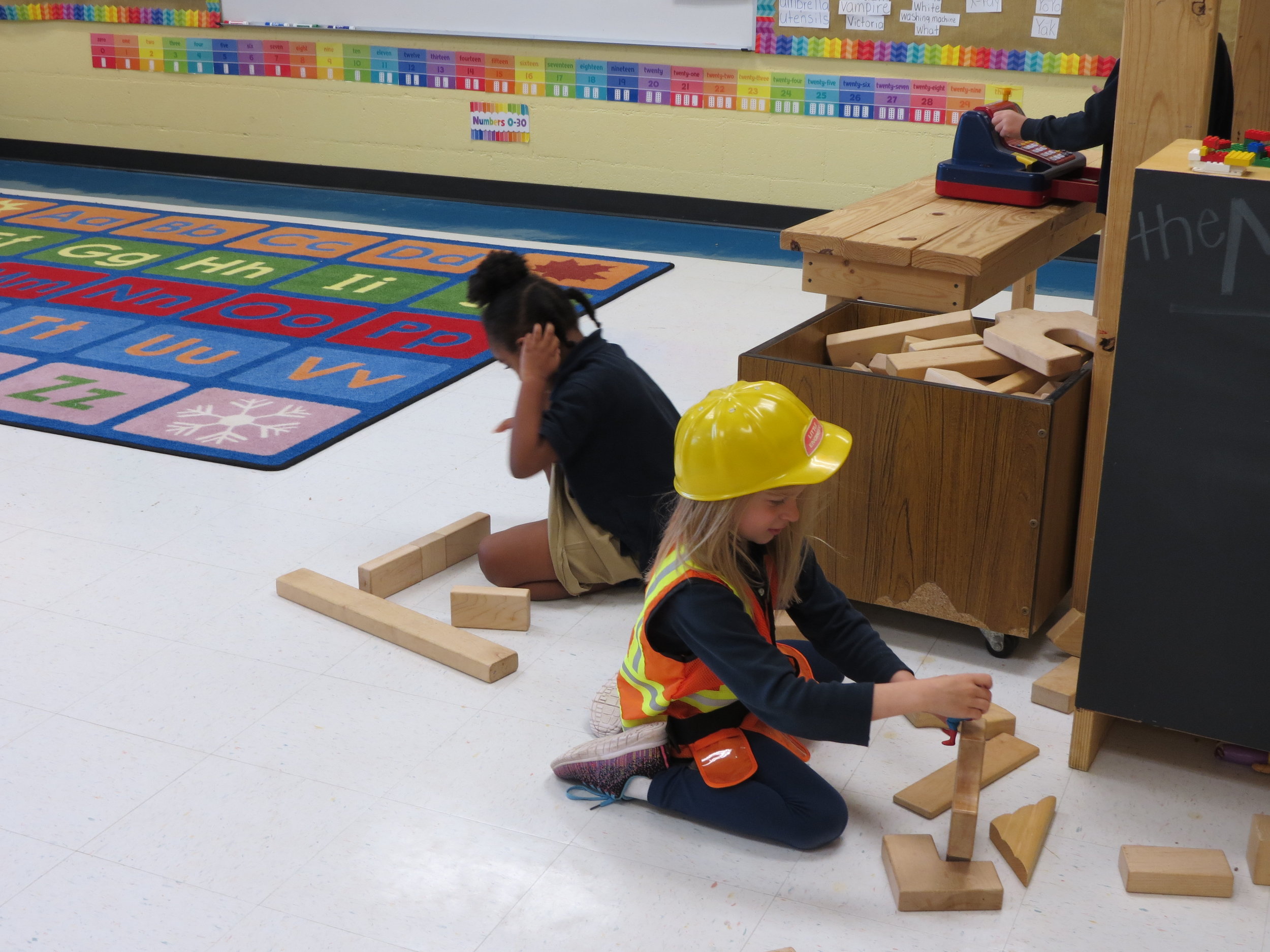We kicked off our pet study by getting a classroom pet rabbit! We quickly decided that our rabbit needed a name, so we narrowed our choices down to Ryder, Daniel, and Pete the Rabbit. We voted as a classroom, tallied our answers, and Pete the Rabbit won!! Pets are beloved parts of many families and classrooms. Young children love to watch their animal friends and imitate the animals’ movements, sounds, and expressions. Pets, whether at home or at school, teach children the importance of taking care of others, showing affection, being sensitive to others’ needs, and developing lasting friendships.
What a great morning we had spending time with our dads, grandparents, and special friends at Donuts for Dad. The children painted ties and rocks, colored donuts, drew a picture and filled out a Daddy survey, and all were on display in our windows and hallway. The children have been looking forward to this day for weeks, and a great time was had by everyone.
The fourth grade will be reading to us each week during our library time. This is just one of the many things I love about this school. The preschoolers love when the big children read to them, and the fourth grade gets extra reading practice. Children who engage in frequent activities with books have larger, more literate vocabularies. These children learn to read better than children who have few book experiences.
The children practiced their knowledge of the alphabet by matching uppercase and lowercase ladybugs. Young children’s alphabet knowledge, especially their ability to rapidly name letters and numerals in random order, is a strong predictor of later reading, writing, and spelling ability.
We went on a virtual tour of the ocean floor in technology. The children thought this was amazing! They got to see fish, whales, sharks, and all kinds of underwater plants.
The children worked on their one-to-one correspondence in Math. To count well, children must learn the verbal number sequence; one-to-one correspondence, i.e., that one number name is matched to a single object in a set being counted; and cardinality, i.e., that the last number named when counting objects tells how many.

























































































